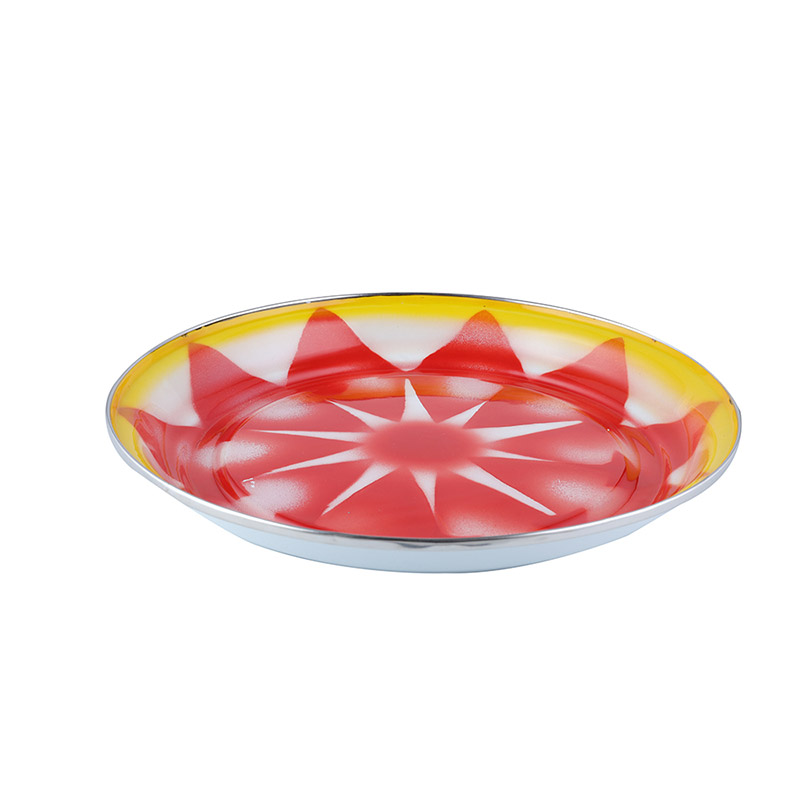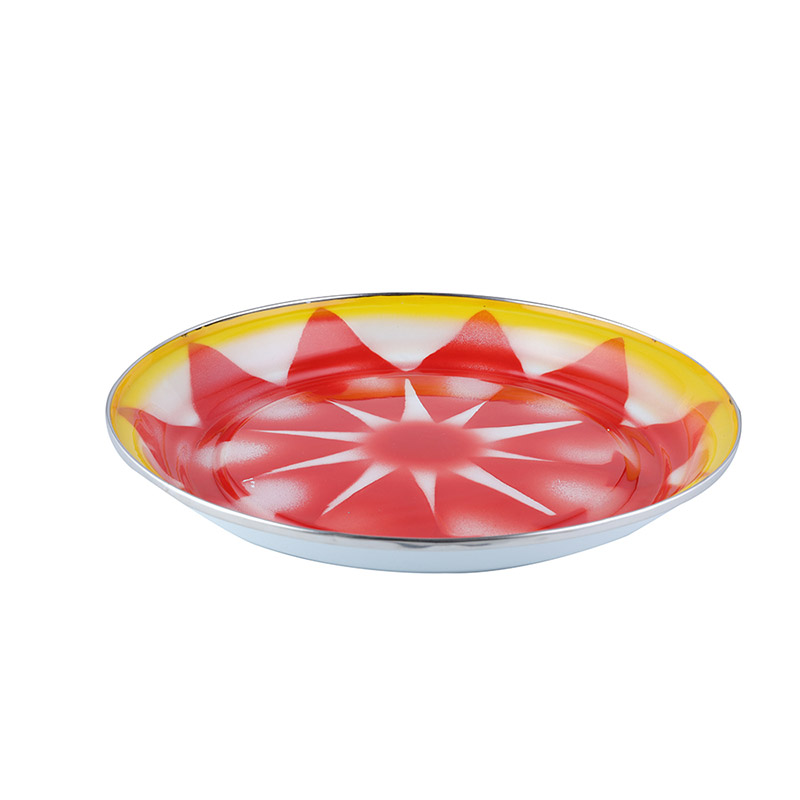How did Middle Eastern style products come about?

1、 Historical background
The Middle East, especially the countries in the Red Sea and Gulf regions, have been important nodes of the Silk Road since ancient times. Whether it is the overland Silk Road or the maritime Silk Road, they have promoted the exchange of goods, culture, and technology between the East and the West. This exchange laid the foundation for the introduction of Middle Eastern style products to other regions.
2、 Trade channels
Traditional trade route: Through the ancient Silk Road, Middle Eastern goods such as spices, jewelry, textiles, etc. were transported to Europe, Asia, and even farther places. These products not only meet people's material needs, but also bring the cultural and artistic styles of the Middle East.
Modern trade system: With the development of globalization, the modern trade system has become more perfect, and goods from the Middle East have rapidly spread to various parts of the world through international trade networks. New trade methods such as e-commerce platforms and international exhibitions also provide a broader display and sales platform for Middle Eastern style goods.

3、 Cultural dissemination
Cultural output: The Middle East region has rich cultural heritage and unique art forms, such as Islamic art, Arab architecture, etc. These cultural elements are integrated into product design, forming products with a Middle Eastern style. With the international dissemination of Middle Eastern culture, these products have also gained popularity among consumers worldwide.
Tourism and Immigration: The development of tourism in the Middle East has promoted cultural exchange and dissemination. Tourists come into contact with and purchase Middle Eastern style products during their travels, and further promote this style after bringing them back to their home countries. In addition, immigrants from the Middle East have also brought their hometown culture and goods to new places of residence.
4、 Market demand
With the deepening of globalization, consumers' acceptance of multiculturalism is increasing. Middle Eastern style products are highly favored due to their unique cultural charm and artistic value. Especially in some countries and regions, Middle Eastern style has become a symbol of fashion and trend.
5、 Case analysis
Taking the Middle East market in China as an example, Chinese companies have designed and launched products that conform to Middle Eastern styles by deeply understanding the needs and preferences of Middle Eastern consumers. These products are not only popular in the Chinese market, but have also successfully entered the Middle East market through channels such as cross-border e-commerce. At the same time, Chinese companies actively participate in exhibitions and events in the Middle East, strengthen cooperation and communication with Middle Eastern merchants, and further promote the global dissemination of Middle Eastern style products.
In summary, the introduction of Middle Eastern style products to various parts of the world is the result of multiple factors such as historical background, trade channels, cultural dissemination, market demand, and specific case analysis. This process not only promotes the development of global trade and cultural exchange and integration, but also brings consumers more diversified choices.
